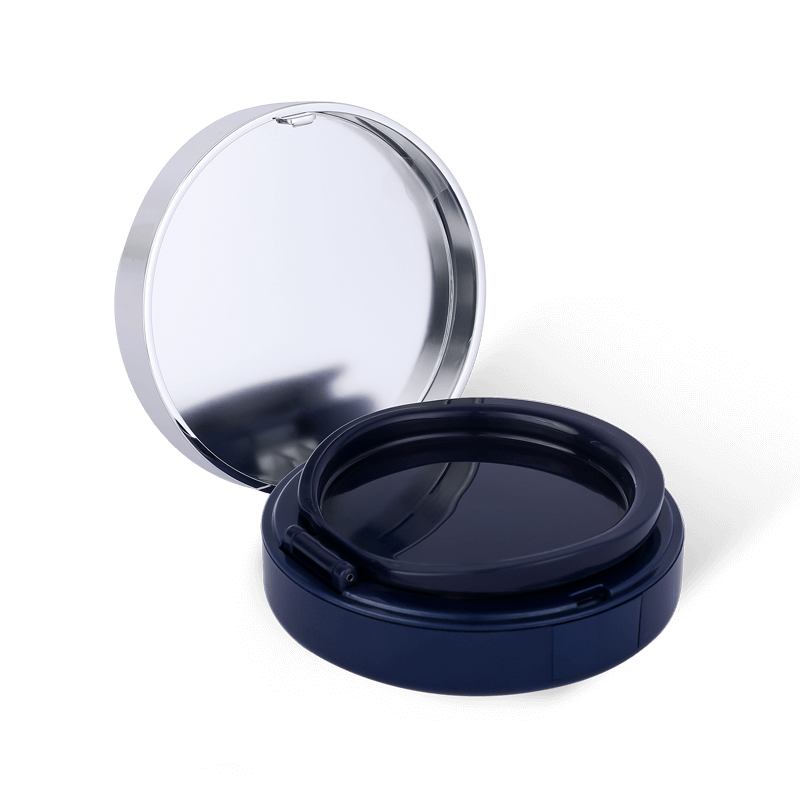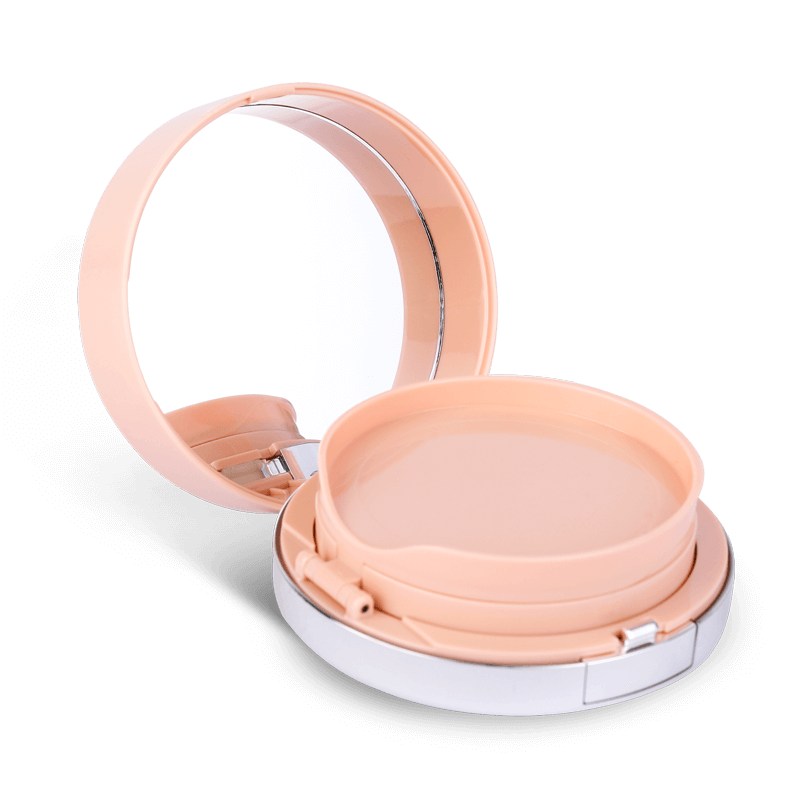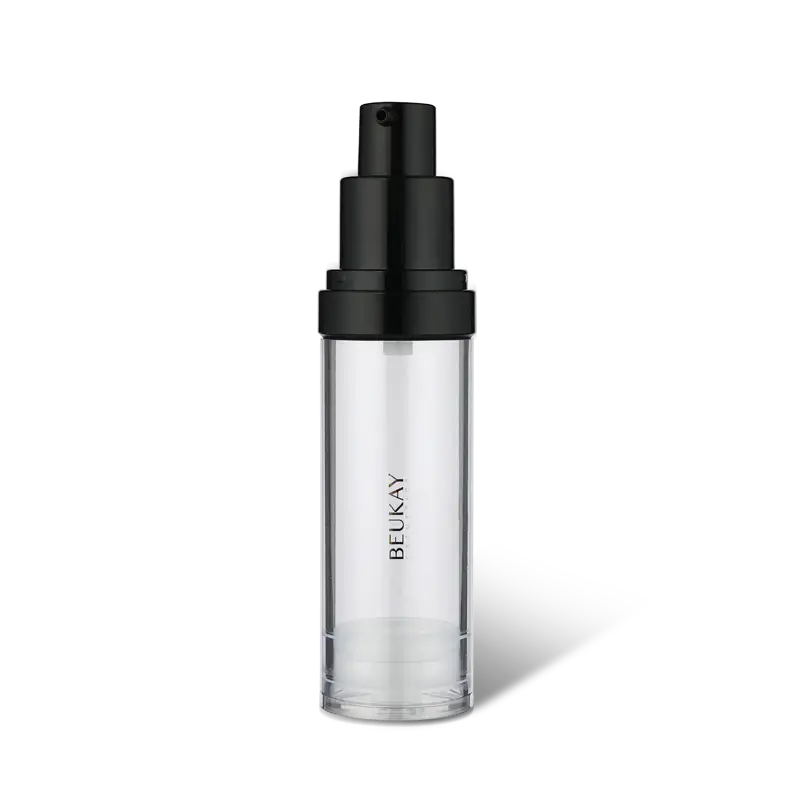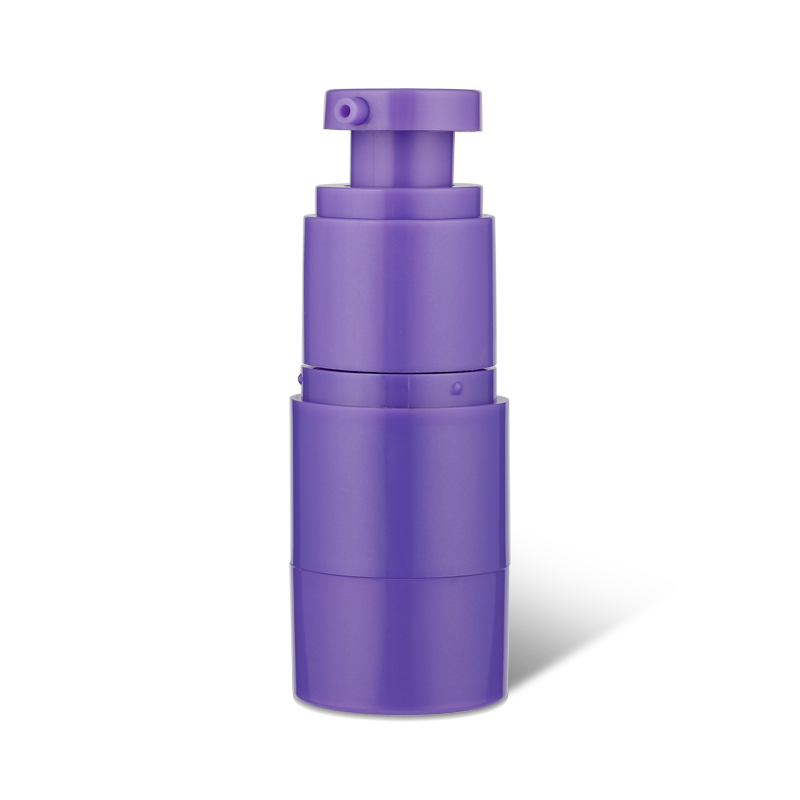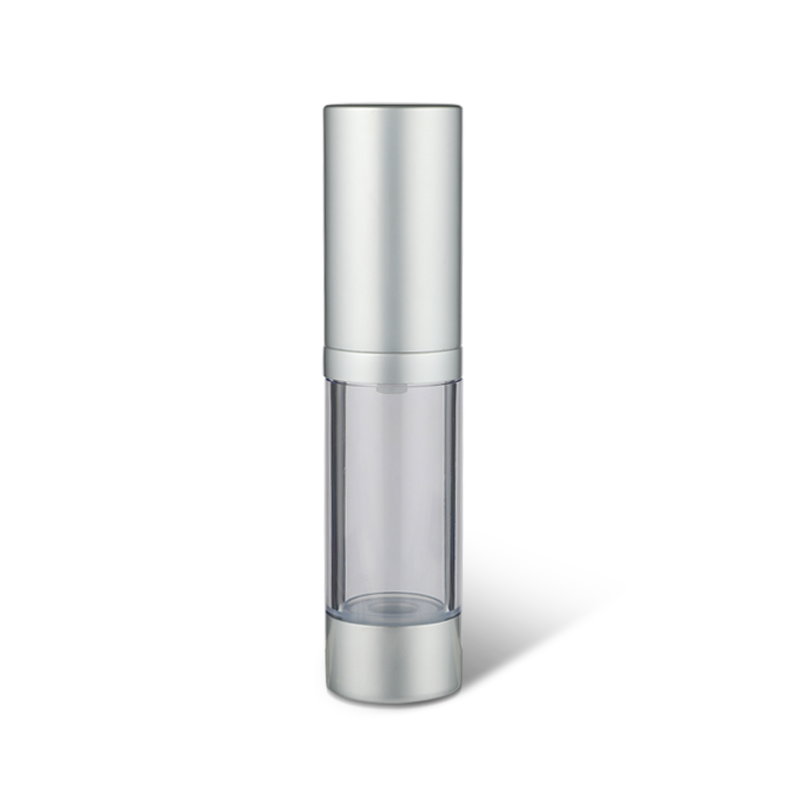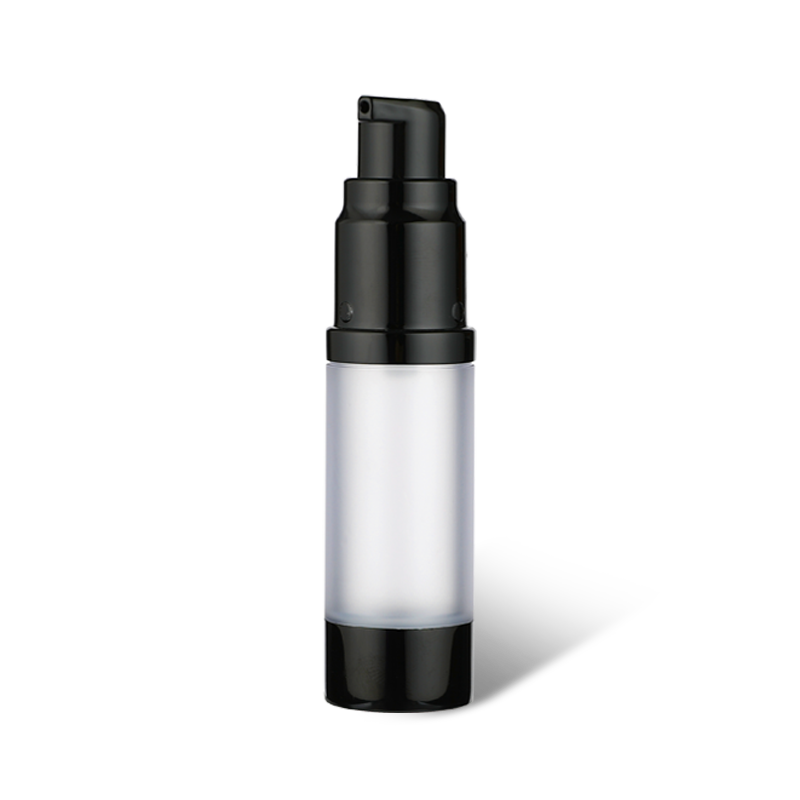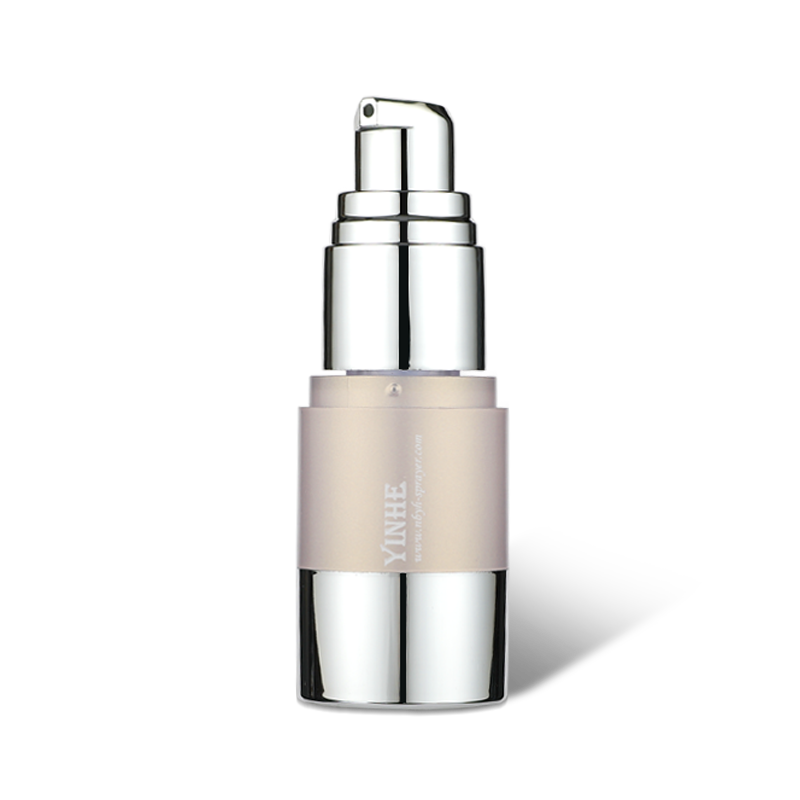YINHE Articles - The Leading Packaging Manufacturer of The Cosmetics
Home / News / Difference between PET and PVC in plastic packaging
Affected by the "plasticizer" storm in Taiwan, consumers are increasingly concerned about beverage safety. PET plastic bottles are safe, while PVC has hidden dangers. According to research, not only the plastic bottle itself, if PVC is used in the outer packaging, it may contain plasticizers, which can penetrate into the beverage.
1. The "PET" logo is hard to find
Almost all of my carbonated drinks, milk tea, mineral water, and lactic acid bacteria drinks have been made of plastic products as outer packaging.
The bottom of most beverage bottles is printed with a triangle containing a "1" or "2" number, and English letters are written around it. The number "1" stands for "polyethylene terephthalate" and the English letter is "PET" The number "2" stands for high density polyethylene and the English word is "HDPE". These plastic signs are mainly for the convenience of recycling. If you know it, consumers can know what material the plastic products used are made of, and they can use it with confidence.
The earliest company to use PET bottles to package beverages was Coca-Cola Company in the United States. They replaced 1-liter glass bottles with 1.5-liter PET bottles, resulting in a 27% increase in retail sales. Since then, food and beverages packed in PET containers have gradually occupied the mainstream of beverage packaging. Some data show that the current domestic use of PET as the outer packaging of beverages may reach 57%. Because of its light weight, high transparency, impact resistance and easy cracking, and the ability to print text and patterns, it is widely favored.
But it is interesting that the Coca-Cola company's "PET" logo, which is at the forefront of packaging materials, is difficult to find on beverage packaging. Coca-Cola's "fruit juice orange" does not have the logo printed directly on the bottom of the bottle, but can only be found on the bumps on its surface.
The "PET" logo of Master Kong's Jasmine Tea is hidden inside the outer wrapping paper. You must tear this layer of paper to see it.
According to the requirements of "GB / T18455-2010 Packaging Recycling Mark": Plastic packaging bottles and packages with a volume of more than 100 ml must be marked with an intuitive appearance of the type of plastic recycling symbol, printed or engraved in the plastic packaging material.
In addition, if you press (GB-T16288-2008)-Plastic Product Mark ", it should be pointed out that the full name of this logo on beverages should be" the logo containing recycled and reprocessed plastic products ". The logo is generally black, but it can also be Use other eye-catching colors that are not easy to fade or fall off. The color of the molded product logo can be the same as the product color. The national standard also says that each product is generally one, and the location of the logo should be in accordance with the product standards. Generally, Located in a prominent place of plastic products.
PVC is not suitable for beverage packaging
The above-mentioned (GB-T16288-2008) national standard also states that plastic products that are inconvenient or cannot be labeled can be labeled on their outer packaging.
Most beverage packaging bottles on the market are made of "PET", "HDPE" or "PP" materials, and such recycling marks can be found on the bottom of the bottle. Generally speaking, the above-mentioned plastics are used for packaging of beverage products, but except for PP materials, all plastic products cannot be heated or filled with high-temperature items, otherwise harmful substances will be released and cannot be used repeatedly.
PVC is generally used for materials such as building materials, plastic films, and raincoats. Although it is resistant to high temperatures of 81 degrees Celsius, it contains more plasticizer (also known as "plasticizer") than ordinary plastics. If the plasticizer encounters high temperatures, Or grease. It is very likely that the plasticizer in the PVC material will migrate into the beverage. PVC is best not used as the outer packaging of beverages and oil products.
